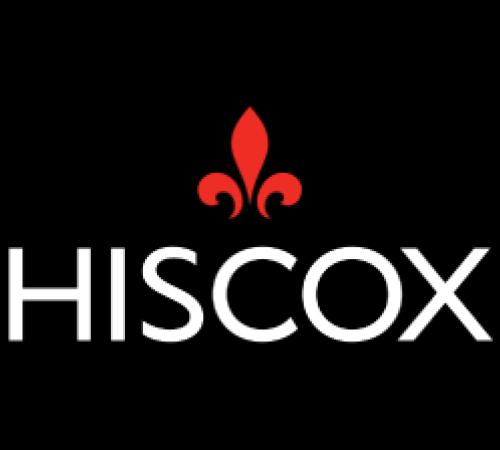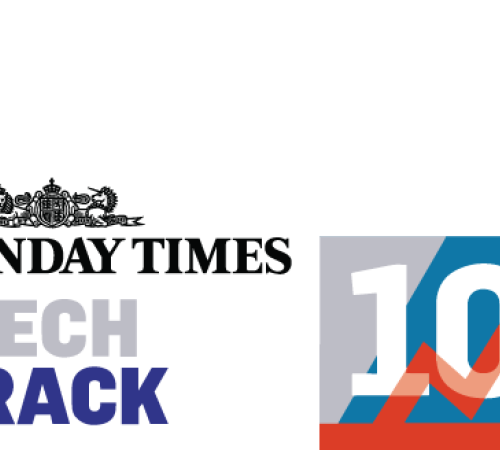
The Mike Briercliffe column: the challenges in delivering IT business solutions to SMEs

'IT business solution' is a deceptive phrase. It sounds so simple and neat, but it’s a term I’ve come to despise. Why? Because I have never seen one that actually delivers what it is claimed to be: a perfect answer to a business problem.
If you have a problem printing and some guy sells you the latest printer, sure, that’s a solution. But that’s a simple problem requiring an easy solution.
What I’m talking about is major IT systems sold to solve thorny and complicated business problems. During my 40 years in the IT industry, I’ve seen plenty of so-called integrated business solutions: some good, some bad, some just downright ugly.
In this blog, I’ll use my experience to look at the issue of IT channels to market from two perspectives: first, what the end-client needs to be aware of and to do in order to ensure that the IT business solution actually does what it is intended to do.
Also, I’ll look at the future for IT and communications distributors, the hard-pressed middle link in the supply chain; what their possible demise could mean for small businesses looking for effective IT business solutions, and what these middlemen must do to survive in this fast-changing market.
A business solution, not a magic wand
When it comes to creating and implementing an IT system that actually makes the client’s life easier, the road to hell is paved with good intention. When they fail, generally speaking, the fault lies at both ends of the project – with both the seller and the buyer.
For a start, the IT industry has an unhelpful predilection for buzzwords and jargon, many of which are primarily aimed at simplification and to soothe clients’ concerns.
Back in the mid-70s, when I worked in the motor industry, I was told by the supplier of my new IT system that it was a 'turnkey solution', which implied that it would do everything for me – all I had to do was turn it on when I got in every morning and turn it off again when I left. Needless to say, that was a load of nonsense, and that was when I first learnt how hollow is the term 'business solution'.
A 'business solution' is never as simple as the sales executive would have you believe it is. There is almost always a gap between what a client thinks it has bought and what it has actually bought, often hidden away in the contract’s small print. Sometimes the gap is massive. There are too many people in IT firms whose answer to virtually every question asked by the buyer is “yes”.
The term 'IT business solution' over-simplifies matters in the buyer’s head, and frankly raises their expectations to a level that is often unachievable.
The key to any successful IT business solution is my golden rule, which I’ve mentioned in my previous blogs: you can’t have a solution done to your business. You have to be the biggest part of the solution yourself.
The most successful business solutions I’ve seen have been the result of the client or end user taking a large part of the ownership of implementing the solution.
Most of the disastrous IT projects I’ve witnessed have seen a firm relying on a consultancy or 'reseller' to do everything for it, without any true engagement in the process at all.
If you think about it, how is that ever going to work? The issue that the solution is intended to fix is often a complex one. So how can another company, which doesn’t have an intimate knowledge of your business, wave a wand over your problem and magically fix it?
As the client, you have to be prepared to roll up your sleeves and get heavily involved in the process for it to be successful. Will an IT solution do what you want it to? Yes, probably, but only if you work closely with the IT firm to structure the system so that it meets your actual needs.
Will it be delivered on time and within budget? Yes, but only if you commit enough knowledgeable and diligent people to the project, who make sure they’re up to speed with what’s happening.
And, providing, of course, you’ve done enough due diligence before selecting your business solution provider in the first place, to make sure it can deliver what you want.
Do distributors have a future?
Something else that few buyers of business solutions appreciate is the sheer number of system component suppliers involved in providing their solution.
Back in the 1980s, I did some research while I was a troubleshooter at a computer firm, which was then the UK’s biggest UNIX computer hardware supplier to those business solution providers.
I discovered there were between 13 and 30 other suppliers involved in that process – that’s a complex supply chain for a 'simple', integrated business solution.
The customer would say: “I’ve got an Altos IT System”, without knowing that at least a dozen other product and service suppliers were involved in providing that system. What’s more, two-thirds of the price paid by the user went to these other suppliers, rather than the computer brand itself.
The situation now is different, in that Microsoft, Apple or Google have their own suite of applications for their systems, while IBM, HP and Oracle provide both hardware and software and so far as they can, every other component in the technical stack.
But while major strides have been made in attempting to simplify both product stack and the supply chain, there is a vital role still being played by firms that understand what the user wants and needs (which are not necessarily the same thing) and modify the IT systems to meet those.
These skills can often only exist within the distribution layer of this quite complex route to market. These distribution firms sit in the middle of the three-tier IT business solution marketing channel, between the hardware/software providers and the value-added resellers.
Today, the distributor’s role is threatened. It always has been under pressure during the four decades I’ve worked in the IT industry, but that threat is now mortal, because unit prices and the margins available are being squeezed tighter than ever before.
When I first entered management in the computer supply chain, many years ago, our gross margins were so high (up to 70% on a large system) that we could afford to provide the consultancy and advice that our reseller clients and their end users demanded for no extra cost.
But, since then, both the unit price of computer hardware and the profit margins involved in them have tumbled. If a distributor and the reseller together can make a margin of 10% on a major IT system hardware implementation, then they are doing very well.
Justifying their existence
Some might think that if the distribution layer did die away it wouldn’t be mourned. After all, they’re just an unnecessary link in an increasingly efficient supply chain, aren’t they? NO.
While that argument could just possibly be made in the case of IT solutions to big corporations, distributors offer a range of services that are essential to the small reseller businesses and to the vendors of the hardware and software that make up the end solution to the user.
The hardware and software provided by the big companies at the top of the computing food chain hasn’t been tailored to the needs of the end-user at this point – that’s one of the important roles performed by the reseller or integrator.
You could say the product vendors make the individual parts of a suit, which haven’t yet been stitched together to fit the individual client.
But, while some resellers that work with corporate giants may well have the resources to provide this service, those that focus on SMEs (most of which tend to have only a few dozen employees) simply don’t have that in-depth product expertise. They rely on their distributors to do that for them. If they disappeared, then who would do it?
Meanwhile, resellers in the IT-business-solution supply chain must answer the fundamental question: what value are you adding? If you can’t clearly identify what that is then your future is going to be bleak.
Even if you can say: “This is what I do, which no one else does”, can you continue to make money out of it? The problem is that, increasingly, end-user clients want expertise and advice, but don’t want to adequately pay you for it.
The market is changing so fast these days, how do you need to adapt to survive? If you can’t see a future for your company in today’s business model, then how can you try to shape tomorrow’s? Can you disrupt the existing model, to deliver a better solution to clients and help ensure your own business prospers?
These are challenging times for everyone involved in IT business solutions. We have product vendors with growing ranges that have the potential to become increasingly complex to implement, while prices and available margins continue to drop. We have distributors who are forever under pressure to justify their place in the supply chain, yet which have the skills and services to fill the often substantial gaps that exist in the resellers’ own skills portfolio.
And, we have end-users who want the best possible price (and the subsequent return on investment) for their new IT systems, against a background of forever expanding processes, such as the Internet of Things, without enough of a grasp of what they themselves have to do to make those systems work at their full potential. Best of luck.
Disclaimer:
At Hiscox, we want to help your small business thrive. Our blog has many articles you may find relevant and useful as your business grows. But these articles aren’t professional advice. So, to find out more on a subject we cover here, please seek professional assistance.





